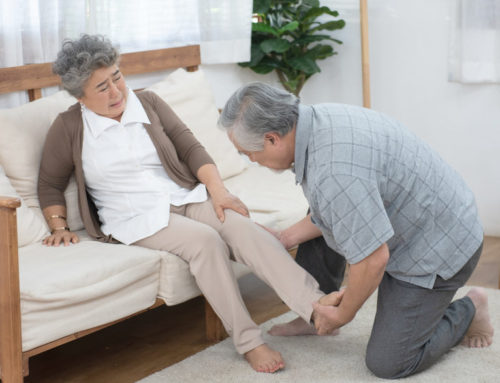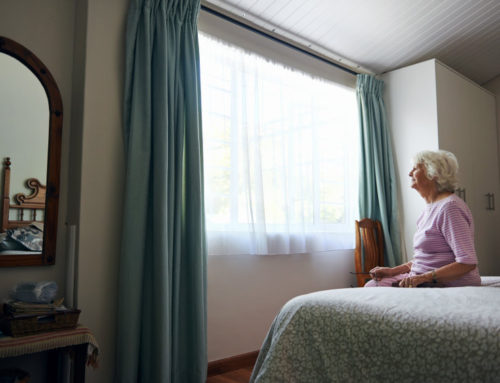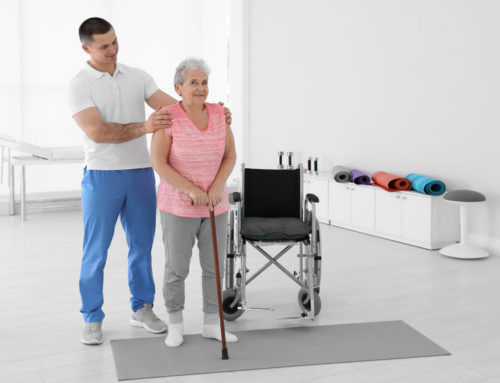Share This Story!
Choosing A Skilled Nursing Facility
There comes a time when families need to consider special care for older loved ones. And with an aging population, this decision is popping up for more and more families. This high-level care is critical if the senior has had a sudden illness or injury. With a skilled nursing facility, patients can get the level of care an untrained family member cannot provide. After a fall, for instance, the facility has the medical means to support the senior’s rehabilitation. Choosing the right facility is an essential step in the health and longevity of seniors.
Skilled nursing facilities vs nursing home
What sets a skilled nursing facility apart is the range of skills available to residents. Skilled nursing facilities provide the same benefits as a nursing home, including meal preparation and senior care. However, these places specialize in the rehabilitation and recovery of seniors. Skilled nursing facilities usually house therapists, speech pathologists, doctors, and specialist nurses. The goal is to provide recovery care and treatment after a hospital visit. The stay at a skilled nursing facility can be short-term compared to the usually indefinite care at a nursing home. These 4 tips can help with making the best choice possible for a loved one.
1. Weigh your options
Do not choose a facility just based on convenience or price. Research several facilities in the area and get a feel for the one that will be the best match. Medicare has resources available to help compare services. Create a list of at least 5 facilities to compare and look for trusted reviews. There’s also the matter of cost. Some skilled nursing is covered by Medicare, with the first 20 days fully covered. Make sure to confirm the facility’s stance on coverage.
2. A short-term yet comfortable stay
At the skilled nursing facility, loved ones stay for a short period. That does not mean comfort should not be a priority. For example, the rooms should be clean, with enough privacy and amenities. The overall facility should be clean with areas to walk, a comfortable common area, and generally appealing. A personal tour with a staff member is the best way to get a feel for the location.
3. Find out the facility’s track record
The goal of the facility is to provide short-term, high-quality recovery care for loved ones. After recovery, the decision could be made for a nursing home or assisted living facility. However, this transition is dependent on the success of the skilled facility. What is the facility’s track record for recovery? Can the facility share data on similar cases and the success rate? Do some sleuthing on the facility’s history, the staff, and look for any negative reviews.
4. Health and safety are important
Loved ones will already be struggling with recovery and would have come to the facility for support. There should not be any additional concerns with health and safety. Make sure to assess the facility for safety protocols. These include handrails, wheelchair access, and a doctor on duty. The facility should have measures in place in case of fire and should have passed any federal or state inspections.
Get the right care for your loved one
With the right care, loved ones can function again. From there, families can decide on further care like assisted living or nursing homes. Most organizations provide high-quality care, excellent facilities, and a safe, healthy space for patients. Make sure to review multiple options and choose the one that’s best for all persons involved.





